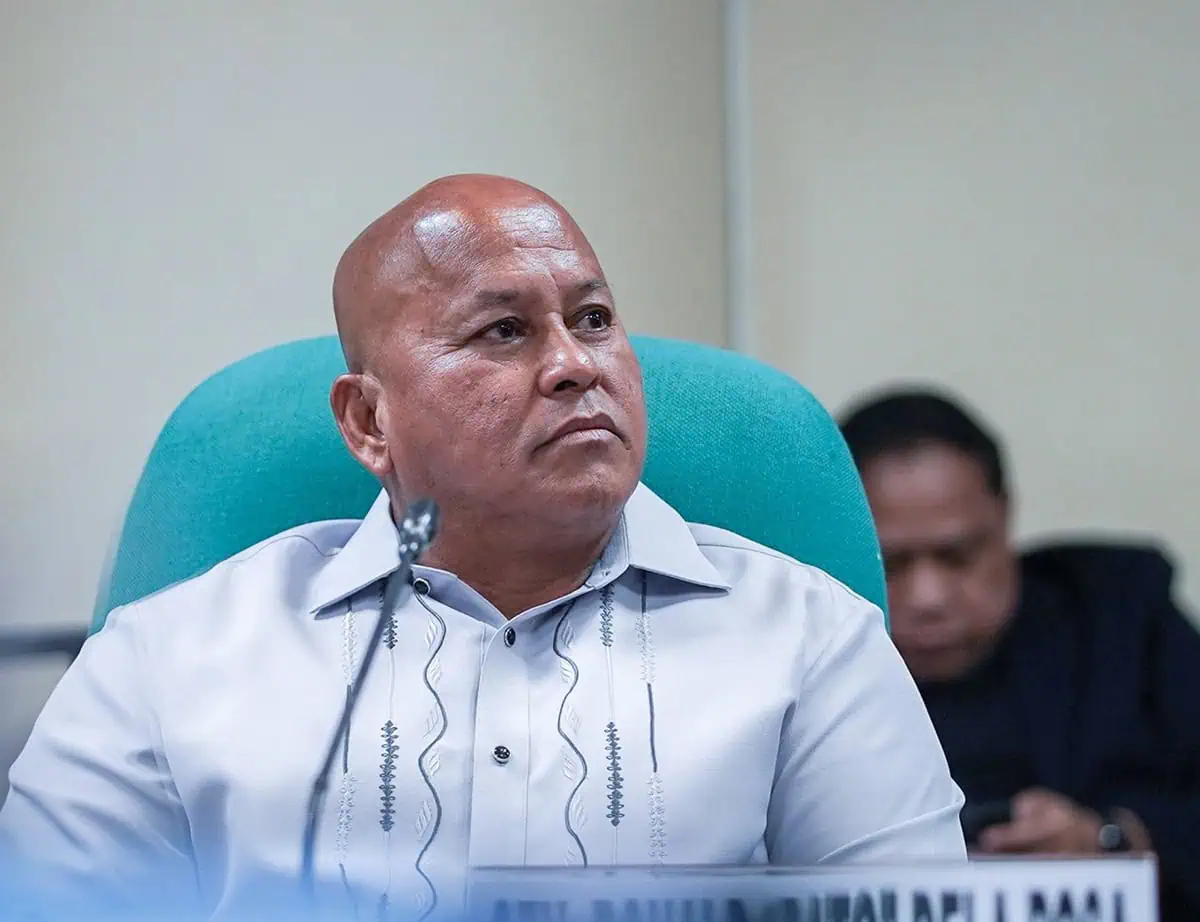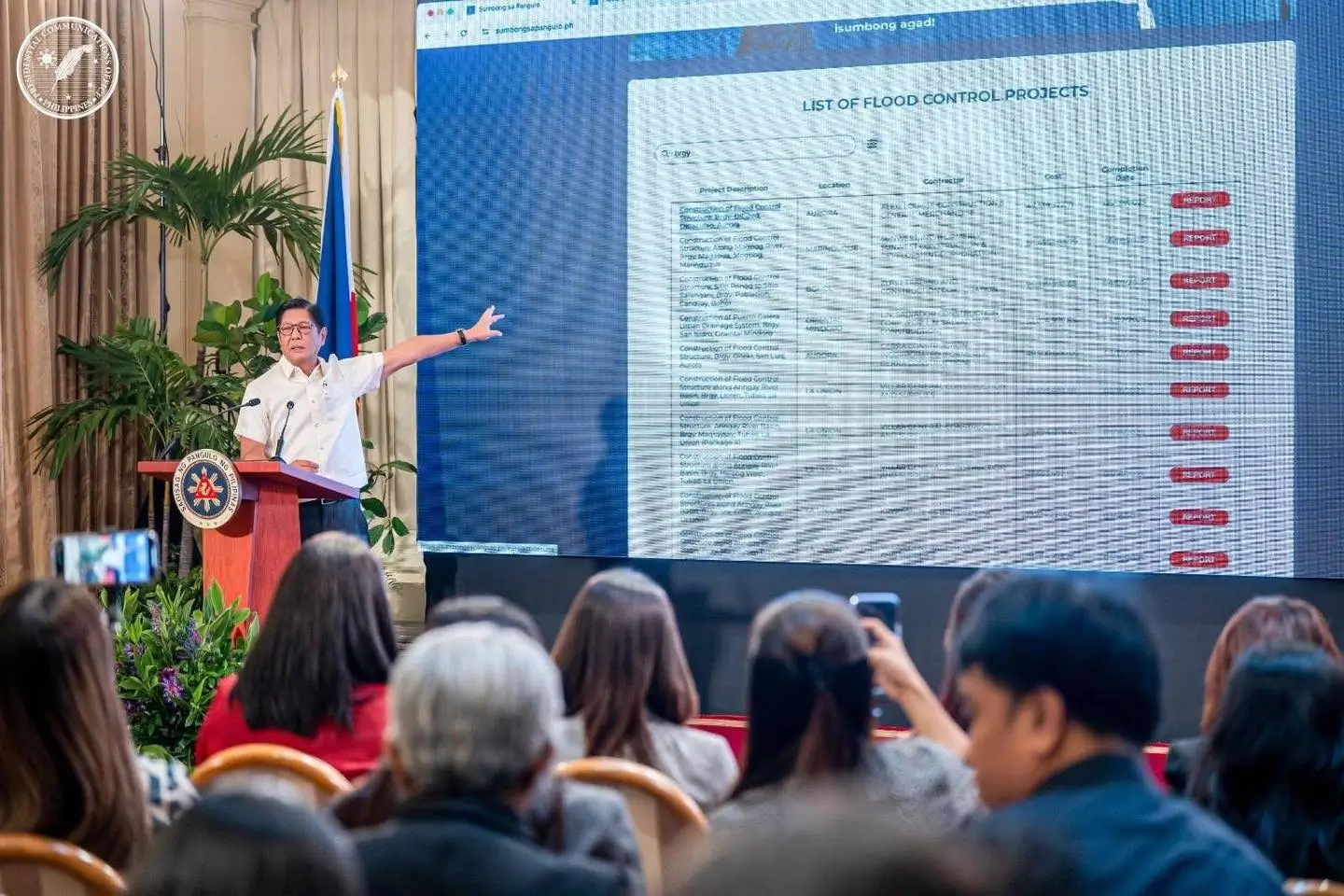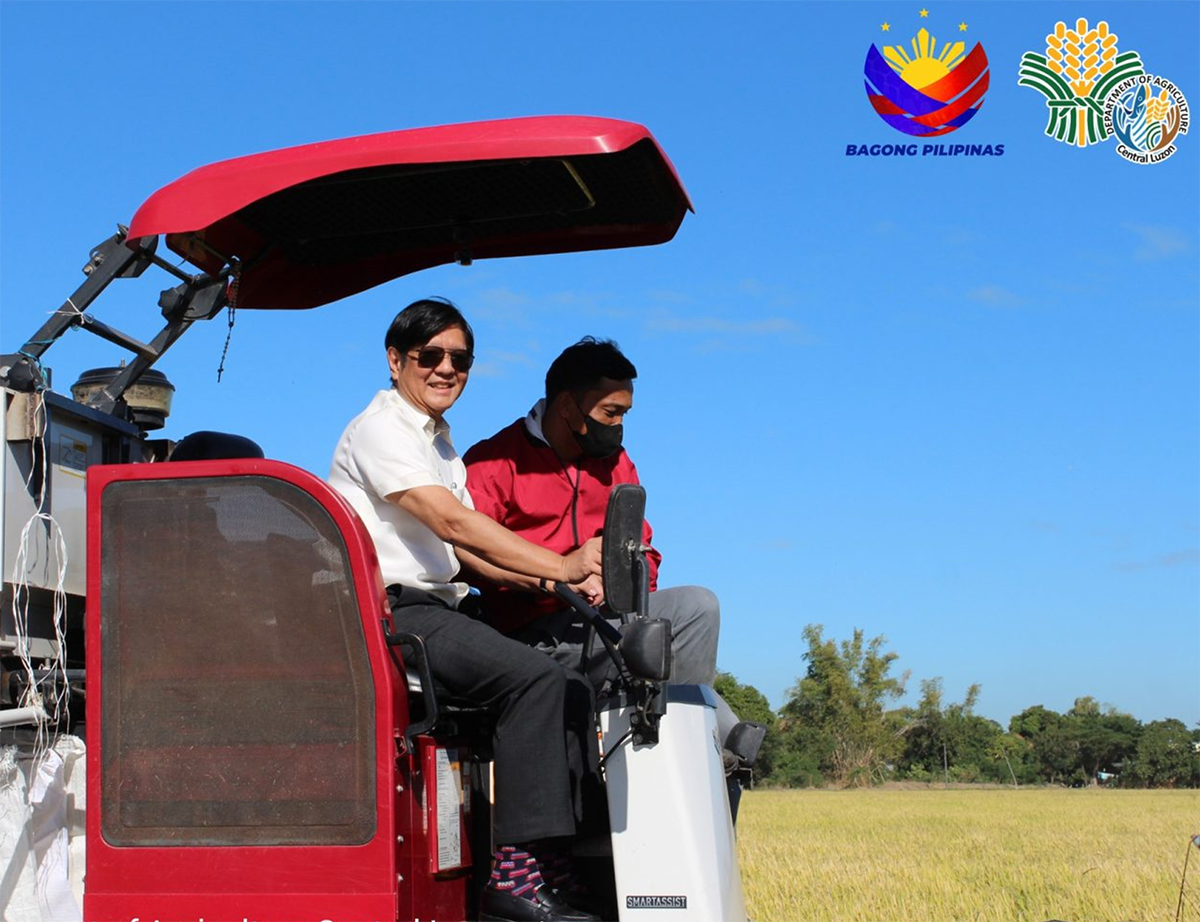
The classic Filipino folk song ‘Magtanim ay ‘Di Biro” (Planting rice is not a joke) encapsulates the hard work of rice farmers in the Philippines, often regarded as the foundation of the country ensuring that food is available for every Filipino.
With lines such as ‘Magtanim ay ‘Di Biro, maghapong nakayuko; ‘Di man naman makatayo, di naman makaupo’, the song perfectly sums up the physical work the job demands.
But with the world moving towards modernization, tools and equipment to help make the lives of rice farmers easier have been developed. Giving farmers access to these tools and equipment is particularly crucial, especially in a country like the Philippines–home for around 2.9 million rice farmers.
Based on data from the Philippine Statistics Authority (PSA), palay production in the country reached 20.06 metric tons in 2023–the highest volume of palay harvested in the country since 1987.
It is also 1.5 percent higher than the previous year’s output of 19.76 million metric tons.
In a bid to help farmers increase their productivity, income, and competitiveness, the Rice Competitiveness Enhancement Fund (RCEF) was created under the Rice Tariffication Law.
Under the Rice Tariffication Law, P10 billion of the tariffs collected from imported rice are allocated for RCEF. According to the law, which was approved in 2019, the P10 billion fund shall be directly distributed as an aid to local farmers in the country.
One of the programs funded by this budget is the RCEF Mechanization Program spearheaded by the Philippine Center for Postharvest Development and Mechanization (PhilMech), an attached agency to the Department of Agriculture.
The RCEF Mechanization Program aims to provide free agricultural machinery to all rice-producing provinces in the country and help farmers become competitive with the Philippines’ neighboring countries by increasing their productivity and the country’s reliance on importation.
The mechanization initiative also seeks to increase the yield and income of farmers by giving them the agricultural machinery they need–from production, harvesting, and post-harvesting.
As of January 5, 2025, PhilMech reported that 32,755 technologies have been procured by the government–of which 30,460 have been delivered to various farmers cooperatives and associations (FCAs). This represents 94.08 percent of the government’s current target.
A total of 7,478 FCAs and local government units have also benefited from the distribution of the farming machinery, according to PhilMech.
Machinery distributed including equipment used for land preparation such as hand tractor (6,709 delivered), four-wheel tractor (5,297 delivered), and floating tiller (3,487 delivered).
The government has also distributed equipment used for crop establishment including precision seeder (339 delivered), walk-behind rice transplanter (2,983 delivered), and riding-type rice transplanter (1,055 delivered).
Equipment for harvesting and threshing such as reaper (2,711 delivered), thresher (1,581 delivered), and combine harvester (4,250 delivered), as well as tools for grain drying and rice milling including batch recirculating dryer (761 delivered) and single pass rice mill (751 delivered), among others have also been distributed under the program.
EXTENDED UNTIL 2031
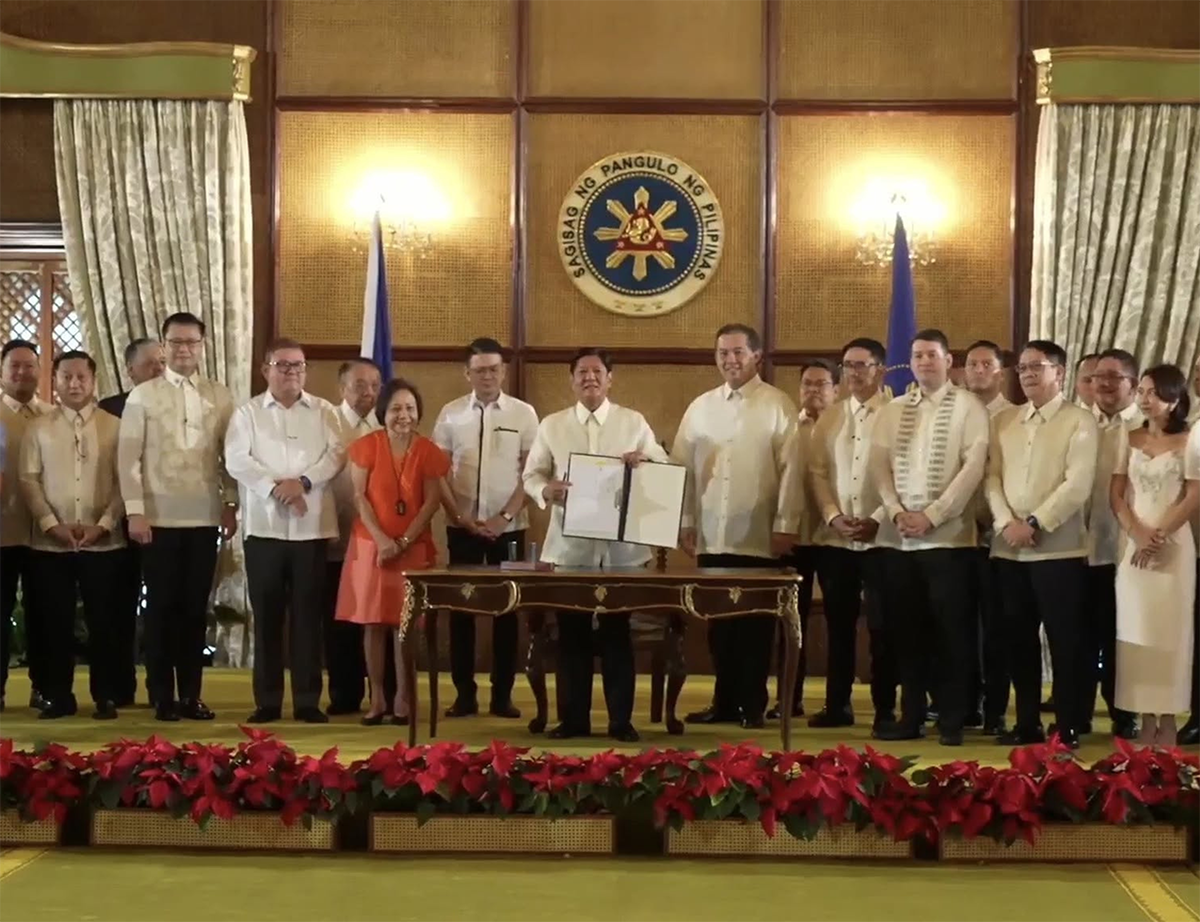
Increasing productivity and yield in the rice sector while also ensuring that there are improvements in the welfare and state of life of farmers in the country is among the priorities of the administration of President Bongbong Marcos Jr.
Seeing the impact of the RCEF and the programs it finances, President Marcos signed on December 9, 2024 Republic Act 12078, which amends the Rice Tariffication Law.
RCEF was supposed to expire in 2024, however, the amended law not only extended the enhancement fund to 2031, but it also increased the annual allocation for RCEF from P10 billion to P30 billion.
Under the new law, of the P30 billion annual allocation for RCEF, P6 billion will go towards providing high-quality rice seeds; and P15 billion will be set for extension and training programs, rice farmers financial assistance, credit , soil improvement, solar-powered irrigation systems, and water impounding projects.
The remaining P9 billion will be allocated for the RCEF Mechanization Program, an increase from the previous P5 billion budget set for the initiative.
“The increased funding to enhance the rice industry’s competitiveness will boost both rice yields and farm output, benefiting millions of farmers and their families, as well as millions of poor Filipino consumers who need more affordable rice,” Agriculture Secretary Francisco Tiu Laurel Jr. said.
“Improving incomes from rice farming will attract a new generation of farmers to replace our aging workforce, helping to fulfill President Marcos’ vision of a food-secure Philippines, where no Filipino goes hungry,” the agriculture secretary added.
With the increase in funding for the RCEF Mechanization Program, postharvest losses are expected to be reduced by 8 percent, resulting in savings that are enough to feed about 3.4 million for a year.
Once fully implemented, the mechanization program is seen to cover 1.73 million hectares of rice lands, improving productivity and enhancing efficiency.
CHEAPER PRODUCTION COST, AND HIGHER RICE FARM MECHANIZATION LEVEL
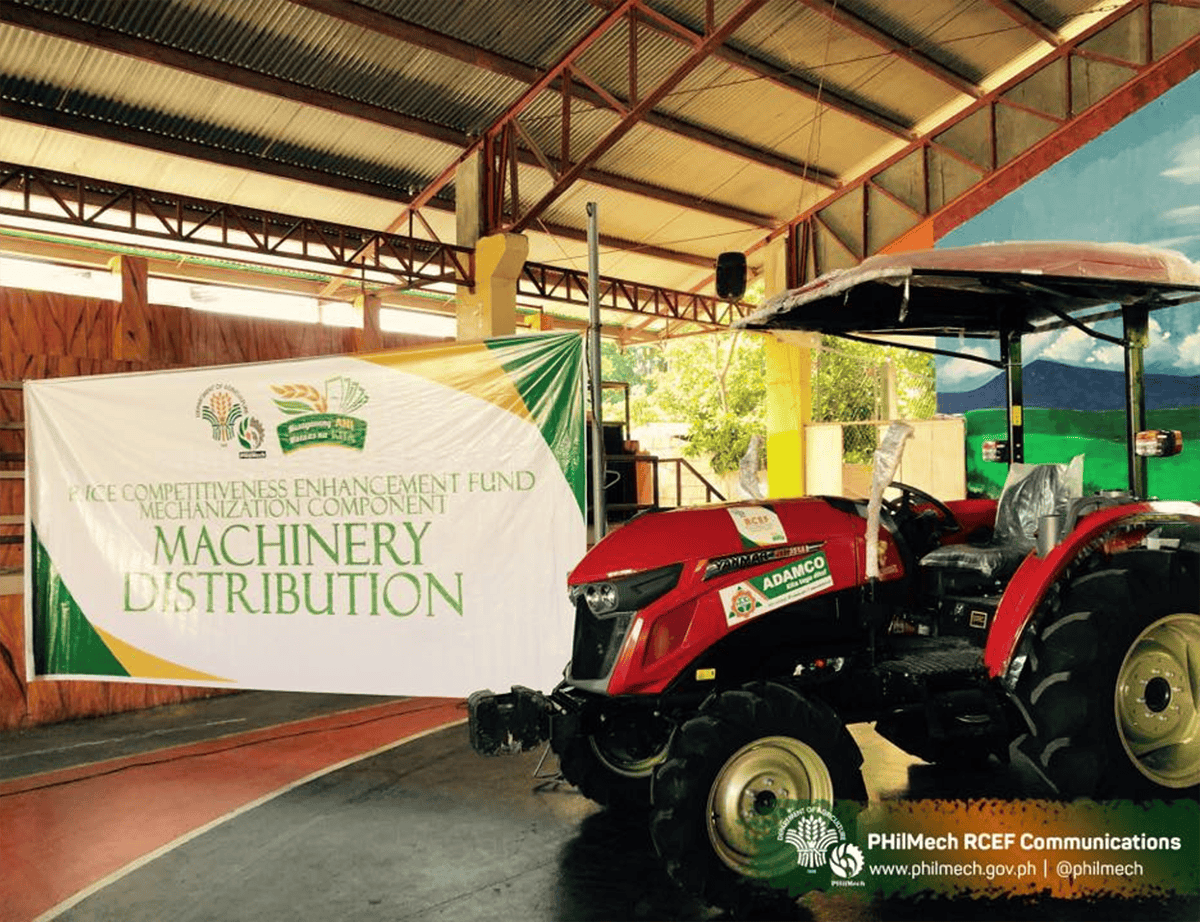
The PSA reported that production cost of palay was estimated at an average of P14.98 per kilogram in 2022. During that year, the cost of palay production was P14.87 per kilogram for January to June and P15.09 per kilogram for July to December cropping seasons.
Compared with its neighboring countries, the cost of rice production in the Philippines is significantly more expensive.
Based on the book Competitiveness of Philippine Rice in Asia, rice production costs in Suphan Buri in Thailand and Can Tho in Vietnam as of 2016 were only at P8.85 per kilogram and P6.53 per kilogram, respectively.
PhilMech said that the mechanization program aims to reduce the cost of production of rice in the country by P2 to P3 per kilogram, giving Filipino farmers more income.
According to PhilMech, local rice farms’ mechanization level, a quantitative index that measures the percentage of mechanized field operations and the power of the machines used, is at 2.77 horsepower per hectare (hp/ha) as of October 2024.
This is slightly higher than the 2.68 hp/ha recorded at the end of 2022.
With the extension of the RCEF Mechanization Program, the average mechanization level of the rice farms in the country could reach 3 hp/ha by 2031, PhilMech disclosed. PhilMech added that with the extension of the RCEF Mechanization Program, more rice farms in the country will be mechanized by 2031.
Data from PhilMech show that during the initial rollout of the RCEF Mechanization Program, which spanned from 2019 to 2023, only 14 percent of the country’s rice farms were mechanized.
“With P9 billion annually for another six years, the RCEF-Mechanization Program can cover up to 30 percent more rice farms, which will result in around 44 percent mechanization coverage for rice farms nationwide by 2031,” PHilMech Director Dionisio Alvindia said.
“When the RCEF-Mechanization Program kicked off in 2019, most Filipino rice farmers were hesitant to mechanize their operations as they were used to the traditional farming methods for many decades. However, PHilMech is getting numerous accounts and witnessing a shortage of farm labor in many regions. This makes the need to mechanize rice farming imperative,” he added.
HELPING RICE-PRODUCING AREAS
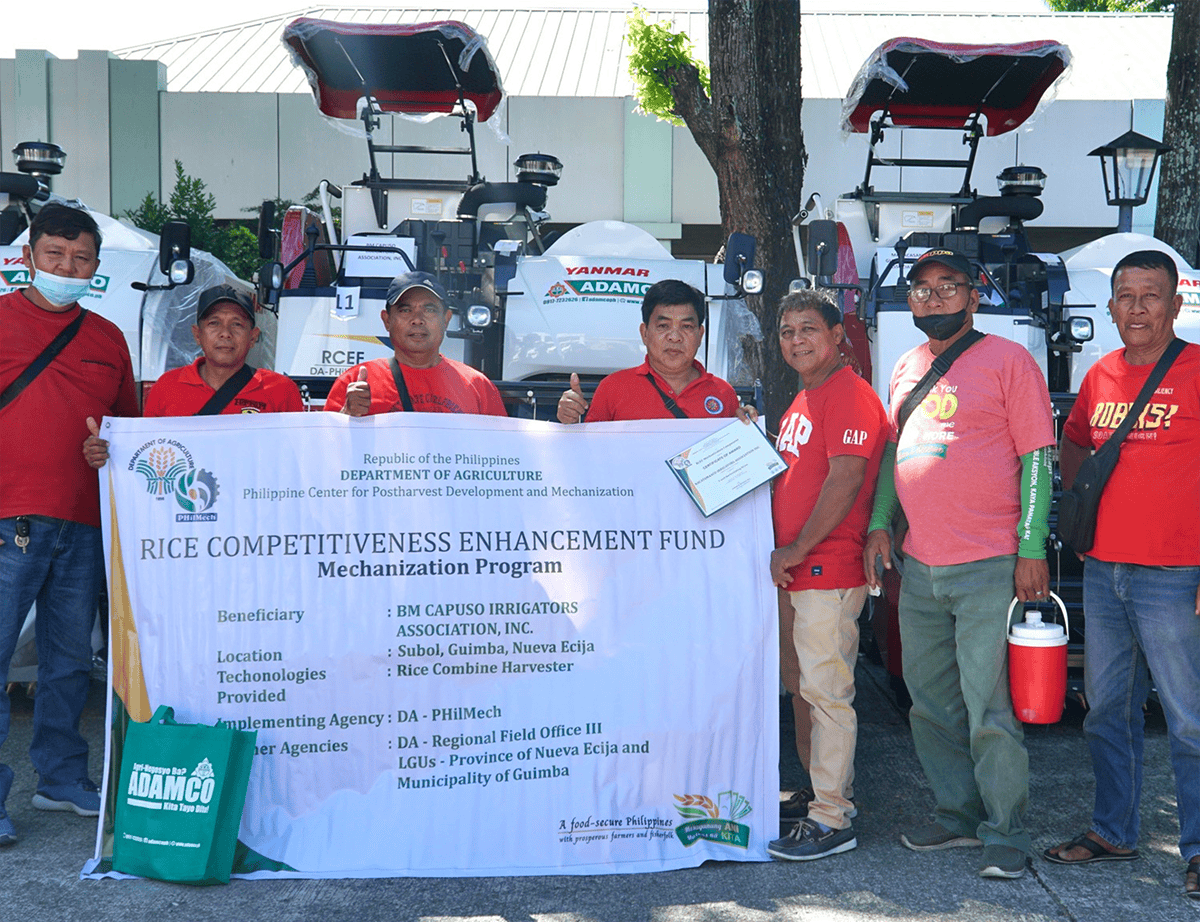
Among those who have benefited from the RCEF Mechanization Program are farmers from Nueva Ecija, dubbed the “Rice Granary of the Philippines”.
Data from the Philippine Rice Research Institute show that the province produced nearly 1.84 million metric tons of palay in 2023.
One of the Farmers’ Cooperatives and Associations (FCAs) in the province that received agricultural machinery from the government is the Nacatamaaco Irrigators’ Association, Inc.
“Salamat po sa RCEF. Pag-ibinigay ang mga post-harvest facilities natin, magiging competitive tayo. Ipatupad lang po nating mga lider ng magsasaka nang tama. Just imagine, gigiling ka, may sorter, may separator, so makakapag-benta na po tayo,” Dante Lazatin of Nacatamaaco Irrigators’ Association, Inc. said. (end)








